Wisconsin's Covid Condition: Omicron drives explosive case growth as hospitalizations, deaths remain high
While most fully vaccinated and boosted people infected with the new variant have mild infections, Omicron’s extreme transmissibility and the continued impact of Delta are further straining hospital staff as the number of ICU patients reaches a pandemic high.
By Will Cushman
January 3, 2022
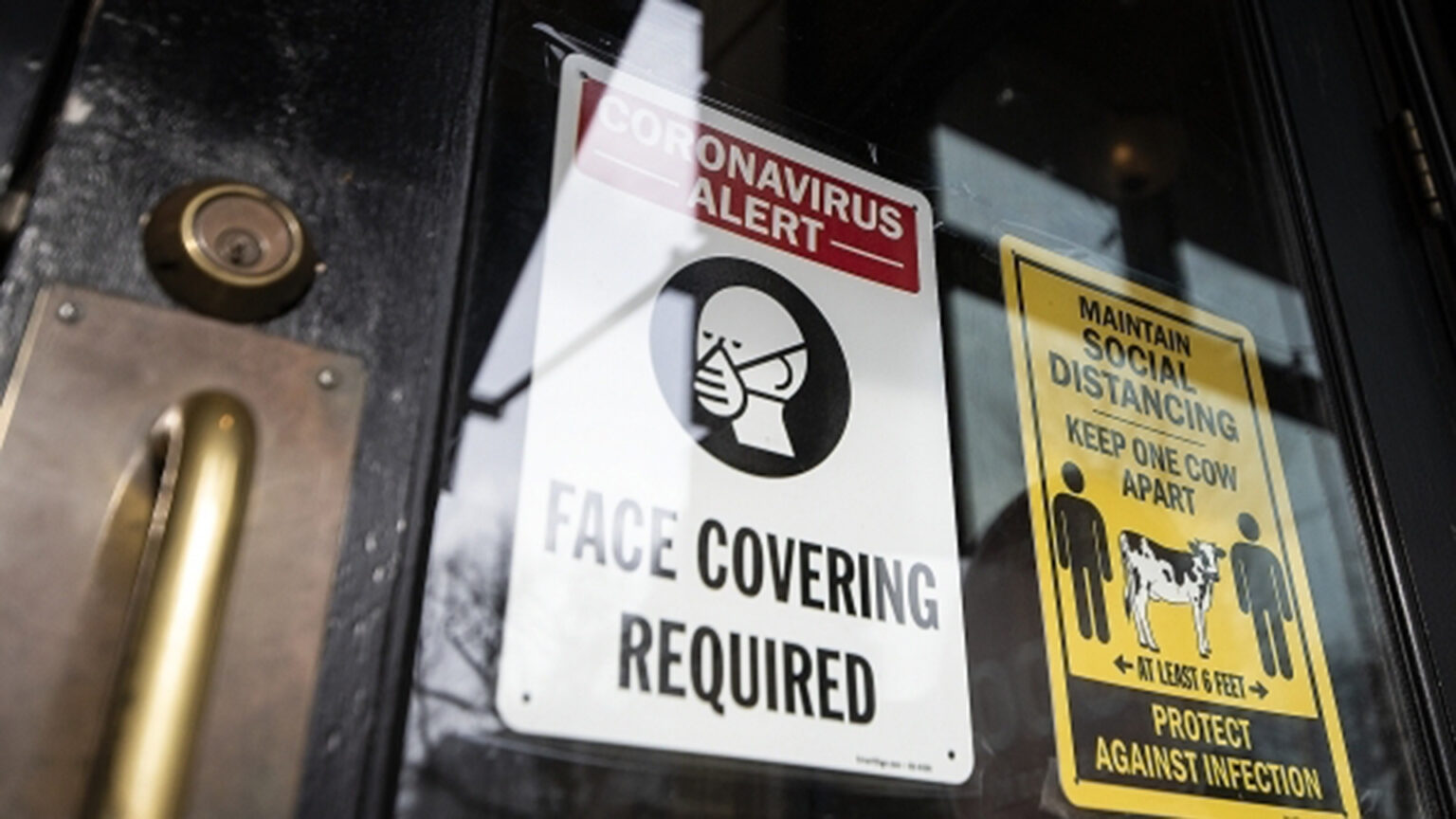
Signs instruct customers to wear face masks and maintain social distancing at an establishment in Madison, as seen in February 2021. (Credit: Angela Major / WPR)
As the COVID-19 pandemic enters a third calendar year, the Omicron variant is fueling eye-popping growth in new cases around Wisconsin, while hospitalizations and deaths remain high.
The lightning speed at which the new variant is spreading is leading to long lines at testing sites and shortages of rapid at-home tests. It’s also disrupting the return to the classroom for some of the state’s largest school districts.
Meanwhile, ailing hospitals remain under strain even as growing data reveal that Omicron is responsible for fewer cases of severe disease than previous variants. Here’s the status of the COVID-19 pandemic in Wisconsin.
New cases rising quickly
Evidence is building that Omicron, while extremely infectious, is associated with comparatively fewer cases of severe disease than other variants like Delta. The latter variant is still prevalent, however — while a majority of positive samples analyzed in Wisconsin in late December were identified as Omicron, about a third were still associated with Delta.
As of early January 2022, the transmissibility of Omicron was on clear display with rapidly accelerating growth in new cases. According to the Wisconsin Department of Health Services, as of Jan. 2, the state’s 7-day average for new confirmed cases was 5,392. That’s more than 60% higher than even two weeks previously and the highest daily average seen in more than 13 months.
The rapidly increasing case counts pushed Wisconsin’s official tally for confirmed COVID-19 cases above 1 million over the New Year’s Day holiday weekend.
The state has reported an additional 127,000 probable cases since the pandemic hit in March 2020, with positive results from rapid antigen tests being the largest contributor to probable case counts. With a large number of these rapid tests being taken in the state in late 2021 and early 2022, the 7-day average for new probable cases spiked to more than 800 on Jan. 2, the highest point during the pandemic.
The high infection rates are disrupting the return to the classroom for a growing number of school districts in the state, including Milwaukee Public Schools, the Madison Metropolitan School District and the Racine Unified School District. Administrators in part blamed a large number of infections among staff for delaying classes and turning to virtual instruction.
Record number of ICU patients
Part of the rise in cases is among fully vaccinated people, as Omicron causes breakthrough infections. About 58% of Wisconsinites were fully vaccinated by Jan. 2, according to state data. More than 1.6 million additional doses, including booster shots, had been administered. Data indicate that fully vaccinated and boosted people, particularly those who are younger and healthier, are unlikely to develop severe symptoms from Omicron.
Instead, serious cases that continue to fill hospitals’ covid wards are usually among those who aren’t fully vaccinated.
This is happening as the Delta and Omicron variants spread in tandem, steeply driving statewide hospitalizations upward in the first few days of 2022. As of Jan. 3, the Wisconsin Hospital Association reported 1,903 COVID-19 patients across Wisconsin, including 462 receiving intensive care. That’s a record number of daily covid patients in the ICU since the start of the pandemic and a single-day rise of more than 100 hospitalizations.
Covid-related hospitalizations have been high in Wisconsin since late summer, when the Delta variant first started spreading. Additionally, the current surge in hospitalizations has already lasted about a month longer than the surge in late 2020 and early 2021, and with no end in sight.
Federal aid has arrived in the form of emergency staffing relief, including at Bellin Hospital in Green Bay. At the same time, staffing shortages and large numbers of covid patients are complicating health care across the board in Wisconsin, and tying up resources in emergency departments.
Covid-related deaths also remained elevated at the beginning of the new year. The 7-day average for newly reported deaths was down somewhat from a recent peak set in late December, and was considerably lower than daily deaths reported in late 2020. The state health department reported that as of Jan. 2 an average of 20 Wisconsinites were continuing to die from covid-related reasons at the outset of yet another year marked by the pandemic.
 Passport
Passport




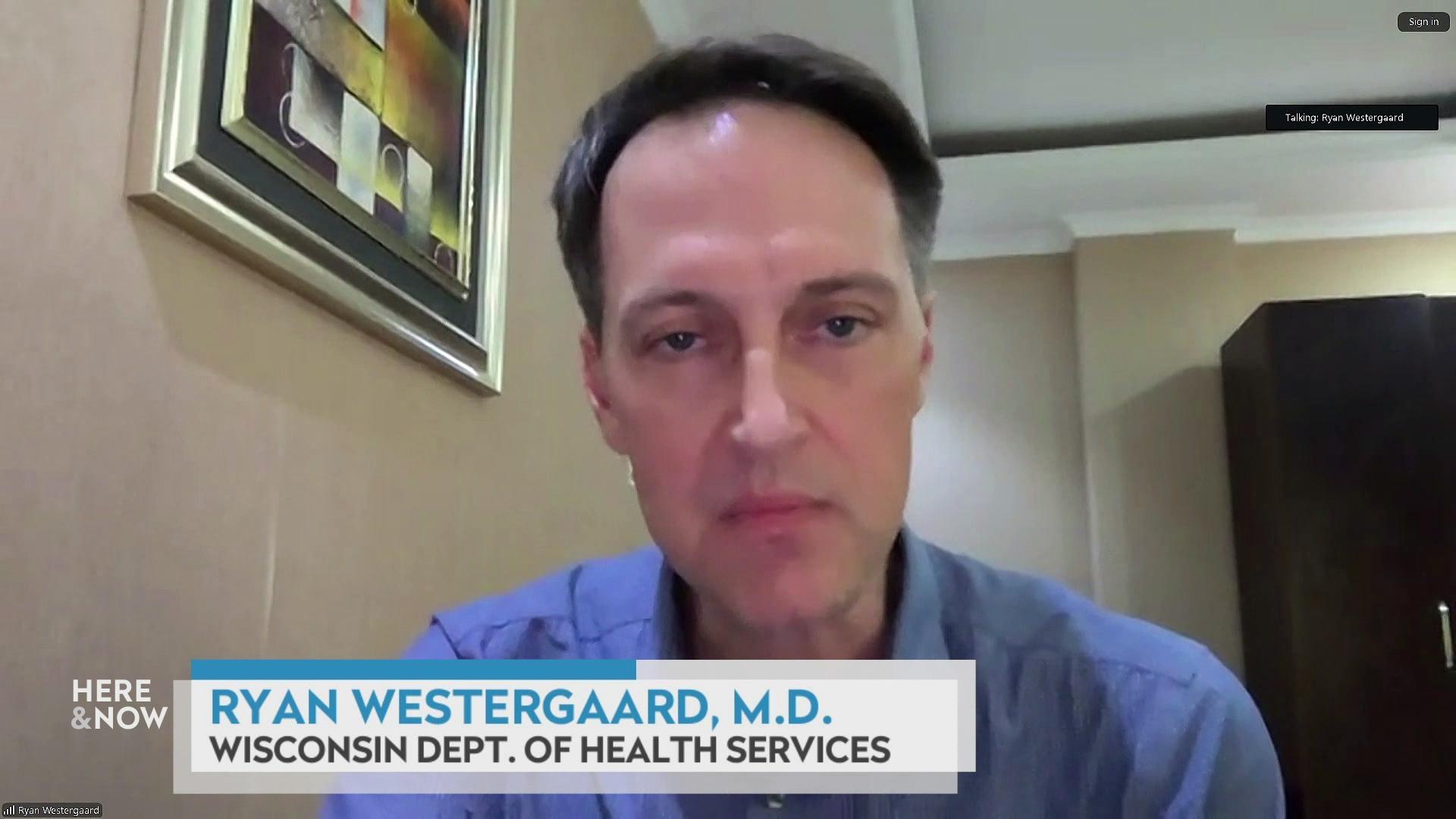

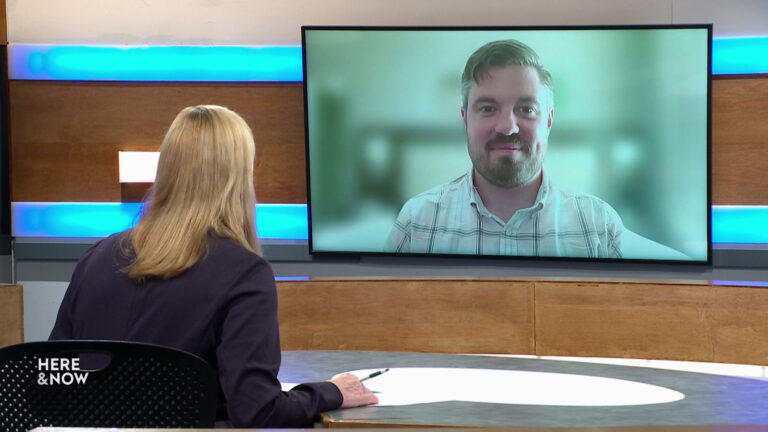
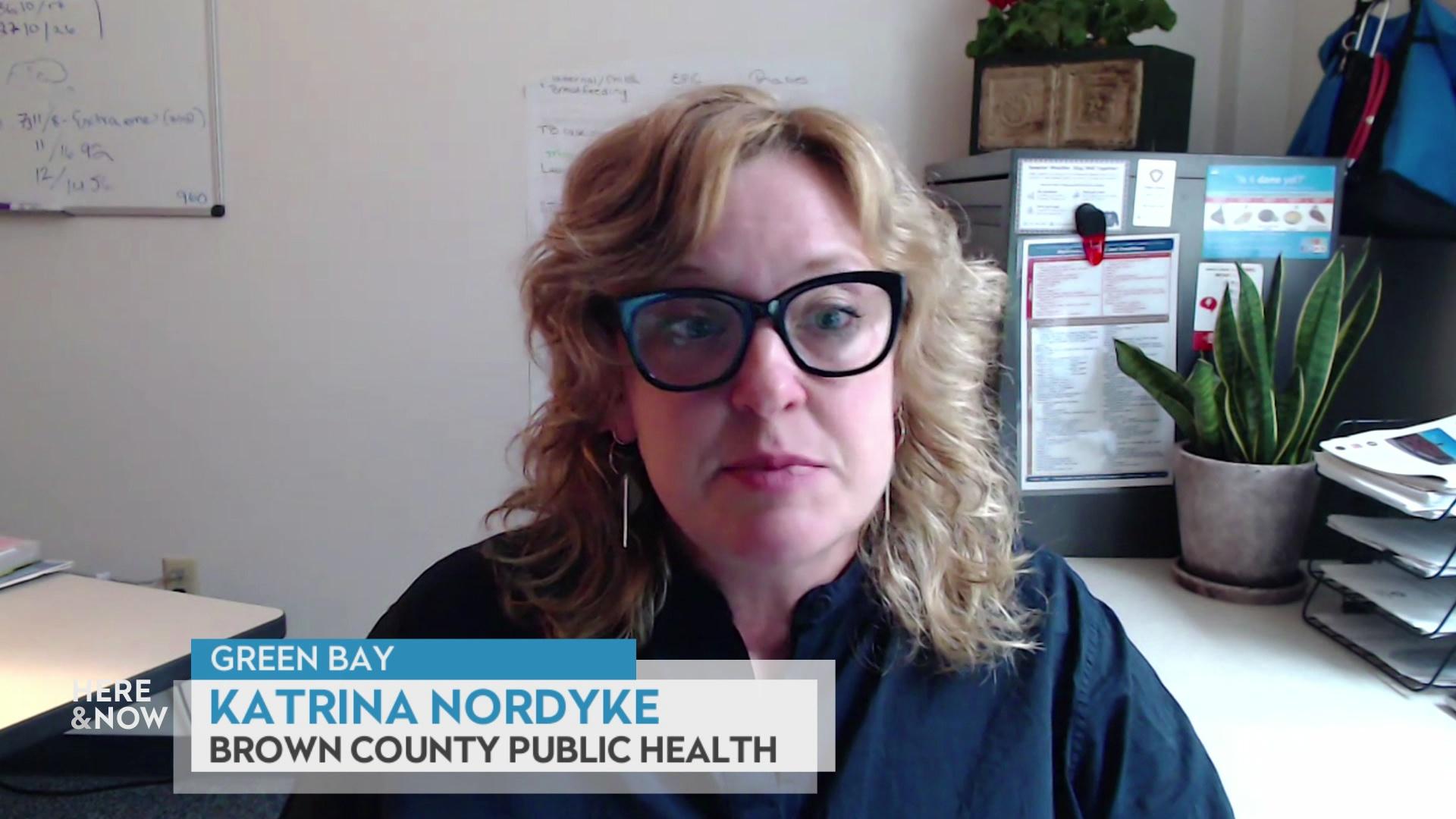
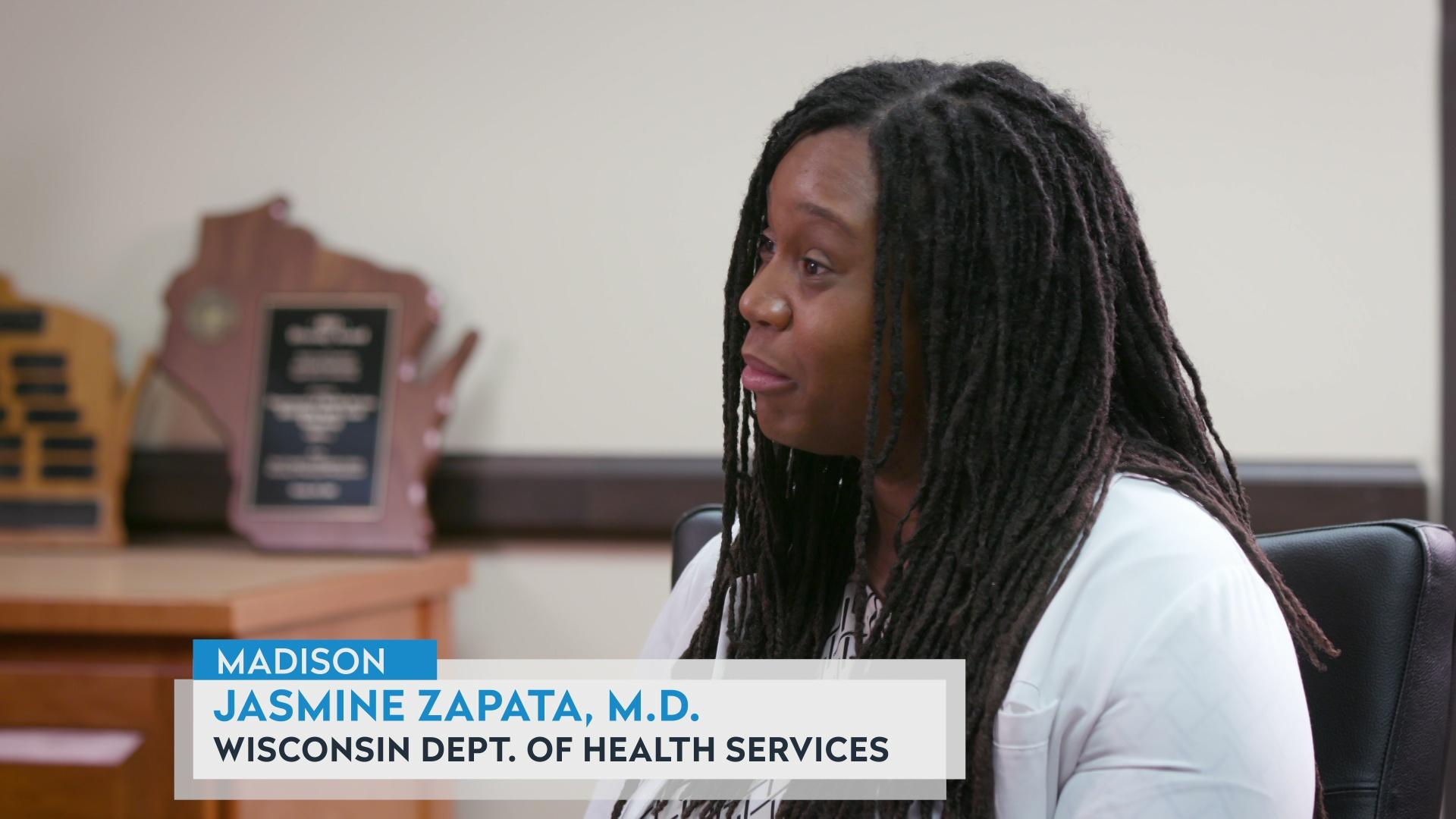


Follow Us